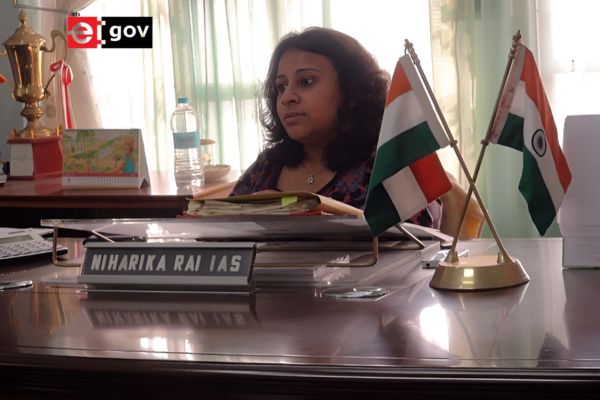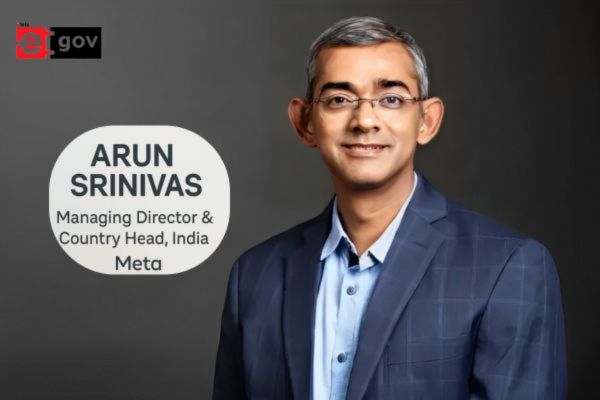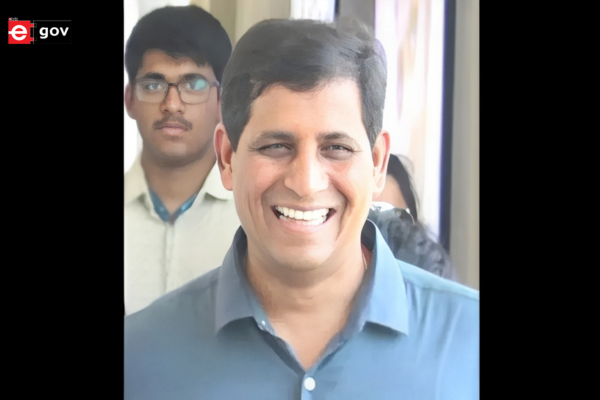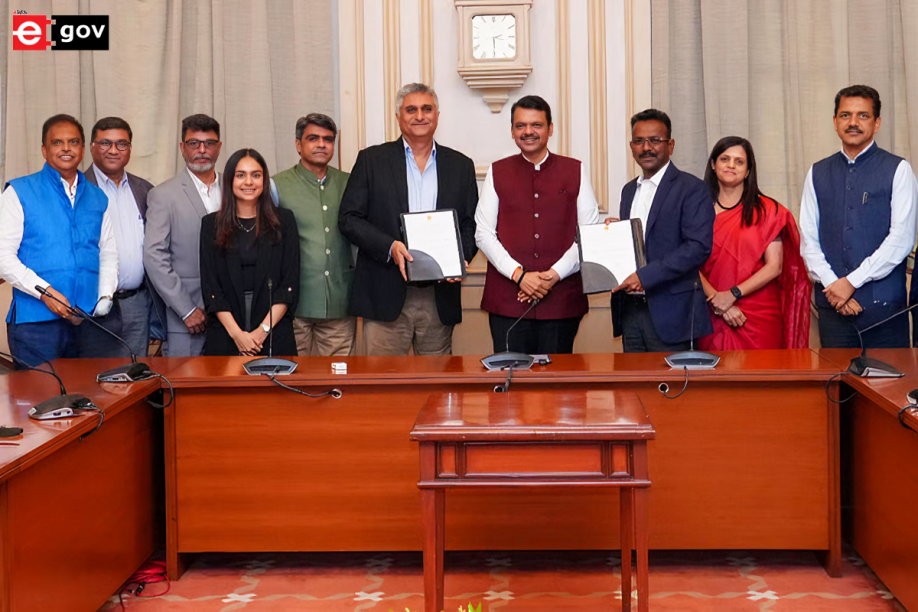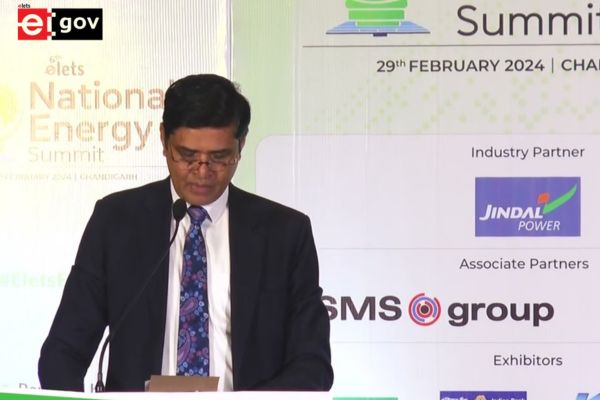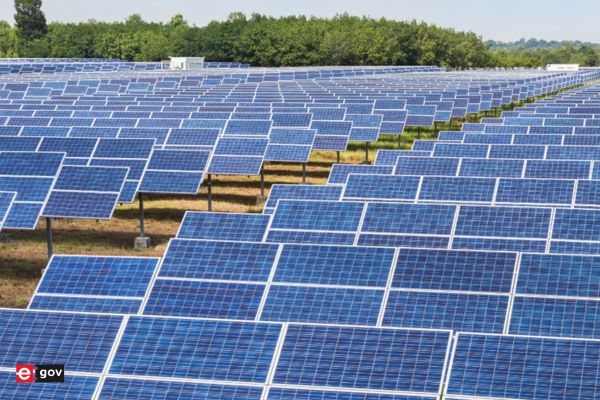
The Kerala Cabinet has approved a new set of guidelines for the development of floating solar power plants, aimed at accelerating the state’s renewable energy ambitions. These guidelines introduce a structured approach to identifying potential sites, processing developer applications, and ensuring seamless project implementation through a single-window system.
With an ambitious goal of achieving 3 gigawatts (GW) of renewable energy capacity, Kerala plans to harness its reservoirs, backwaters, and abandoned mining pits for floating solar projects. The Agency for New and Renewable Energy Research and Technology (ANERT) will serve as the coordinating agency to oversee implementation.

Key Features of the Guidelines

- District-Level Site ‘Banks’
- Each district will identify and maintain a repository of suitable sites for floating solar projects, including both private and government-owned water bodies.
- Three-Mode Application Process
- Government-Initiated Projects: Sites identified by government agencies will be offered through tenders or expressions of interest (EOI).
- Developer-Proposed Projects: Developers can propose projects on privately owned water bodies.
- Projects in Land Bank Sites: Developers can also apply for projects in pre-approved land bank sites, ensuring faster clearances.
- High-Level and District Committees for Oversight
- A state-level committee led by the Chief Secretary will facilitate policy decisions.
- District-level panels, headed by District Collectors, will focus on identifying sites and expediting approvals.
- Site Categories and Energy Potential
- Category A: Reservoirs under the Kerala State Electricity Board (KSEB) and Water Resources Department, estimated to generate 5,000 MW by utilizing 10% of available space.
- Category B: Backwaters, freshwater bodies from mining/quarrying, and non-agricultural land, with a potential of 1,500 MW using 10% of the available area.
- Right of First Refusal for Power Procurement
- KSEB has priority in purchasing power from these projects. For projects in reservoirs controlled by the Water Resources Department, the department will have the first right, followed by KSEB.
- Project Development Model
- Developers must follow the Build-Own-Operate (BOO) model and are encouraged to integrate storage solutions covering up to 50% of generated power.
- Integration with Future Technologies
- Floating solar plants can complement proposed pumped storage projects in hydropower dams.
- The generated energy can also support the production of green hydrogen through electrolysis, aligning with the state’s long-term sustainability vision.

Be a part of Elets Collaborative Initiatives. Join Us for Upcoming Events and explore business opportunities. Like us on Facebook , connect with us on LinkedIn and follow us on Twitter, Instagram.
"Exciting news! Elets technomedia is now on WhatsApp Channels Subscribe today by clicking the link and stay updated with the latest insights!" Click here!




